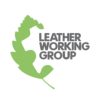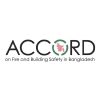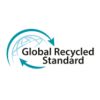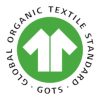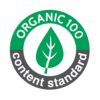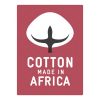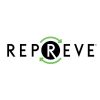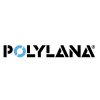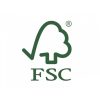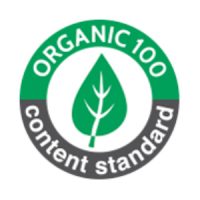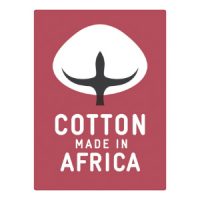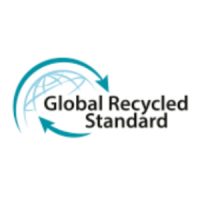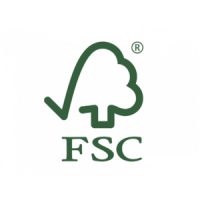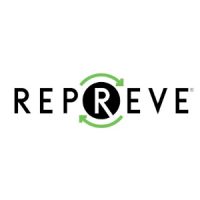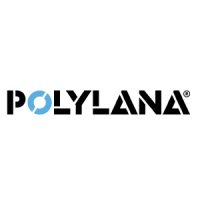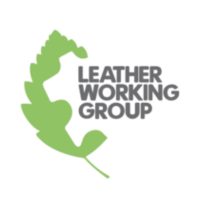Our policies
To make more sustainable choices, our stakeholders want to know not only where we produce our goods and under what conditions, but how we oversee our chains. Chain transparency is therefore an important part of our sustainability policy and a strict condition before we enter into a relationship with a supplier.
Amfori BSCI Code of Conduct
We monitor all the factories we work with on the guidelines of the Amfori BSCI Code of Conduct through independent social audits. Social audits are a key pillar for measuring human rights and environmental impacts. Amfori BSCI is an international Social Compliance initiative that works globally to improve working conditions within the production chain. The BSCI code of conduct refers to various international declarations including those of the United Nations (including UNGPs), conventions of the International Labour Organization (ILO) and OECD guidelines (the Organization for Economic Cooperation and Development) for multinational companies.
Bangladesh Security Agreement
In addition to Amfori BSCI, we are members of the Bangladesh Accord on Fire and Building Safety. This is a legally binding agreement to provide safe workplaces for workers in Bengali garment factories. The Accord includes independent safety inspections of factories and public reporting of the results. In addition, the Accord supports safety training for all workers and the establishment of safety committees within factories. This ensures safe working conditions within our plants. The Accord was renewed in 2018 and will be transferred to a new body in Bangladesh, the RMG Sustainability Council (RSC), in 2020.

